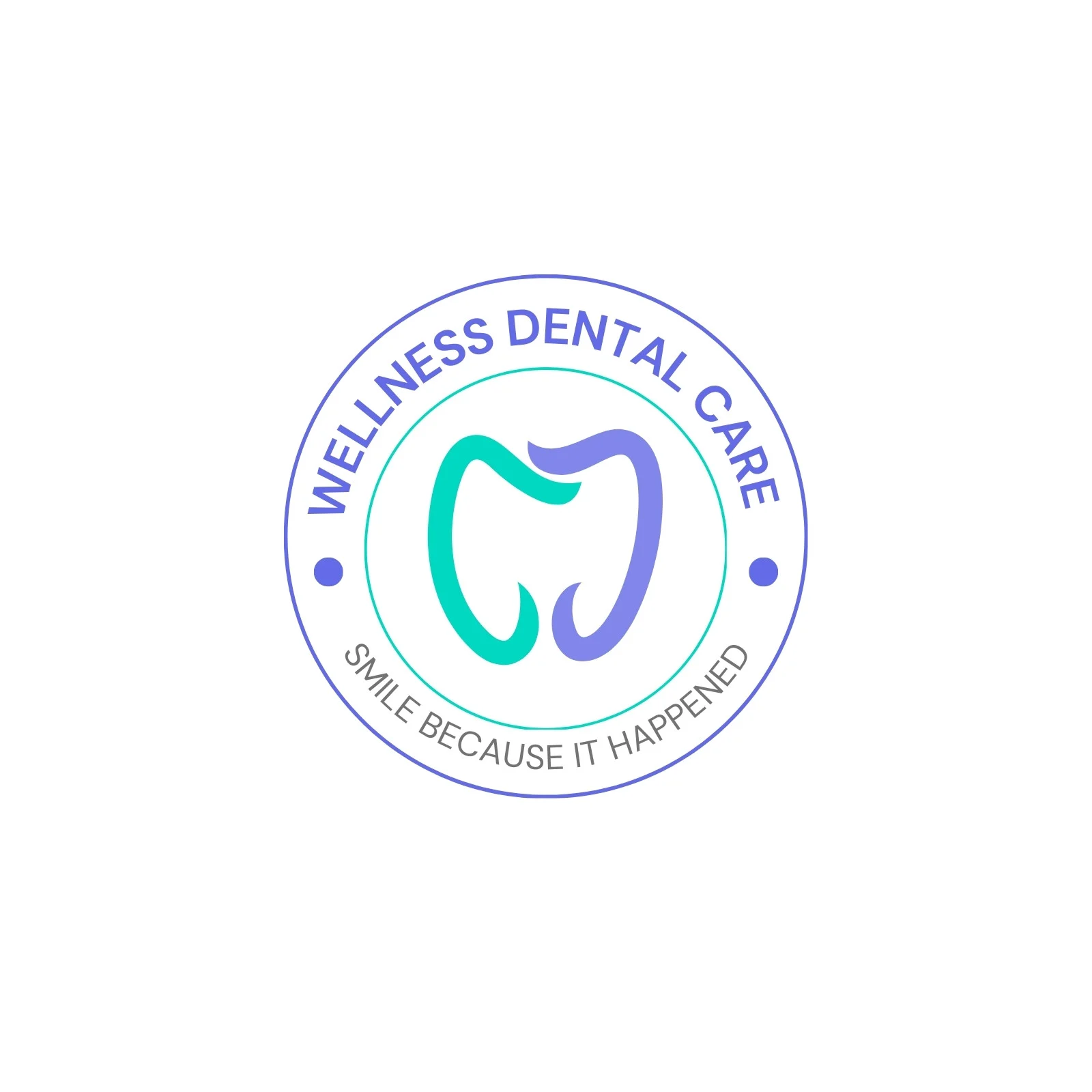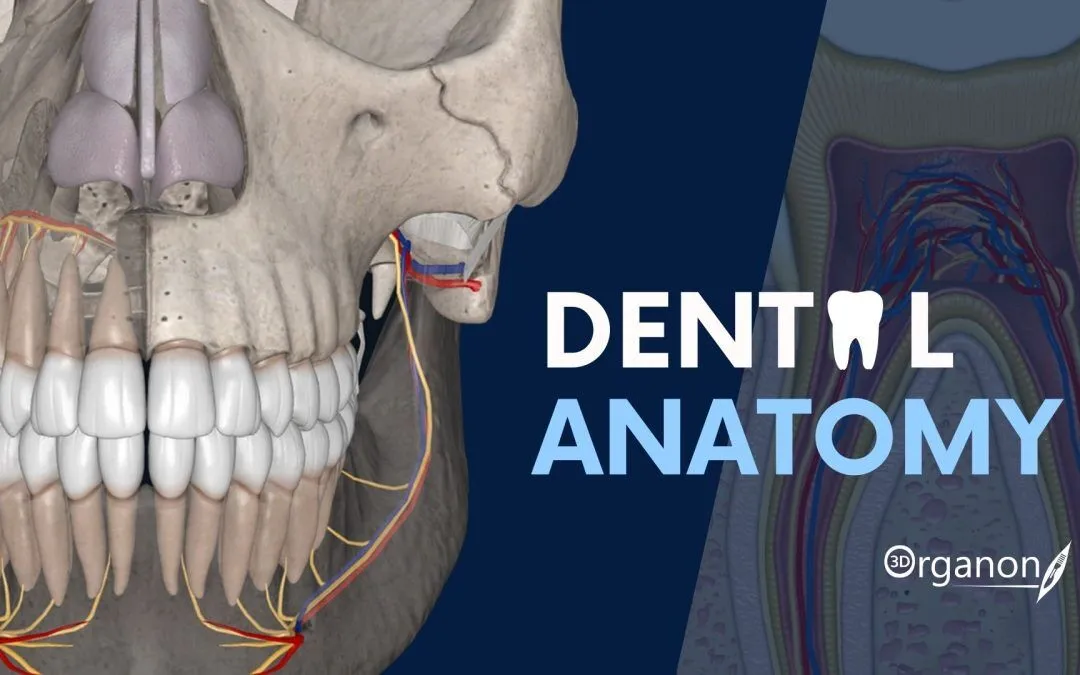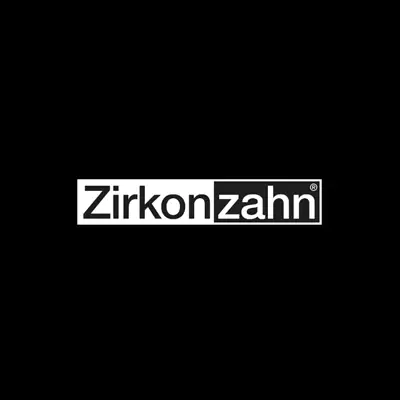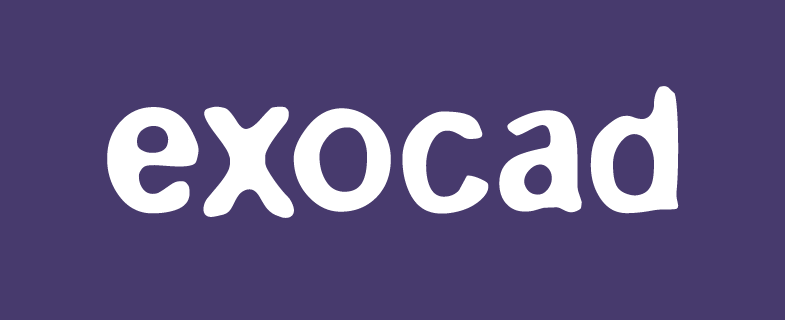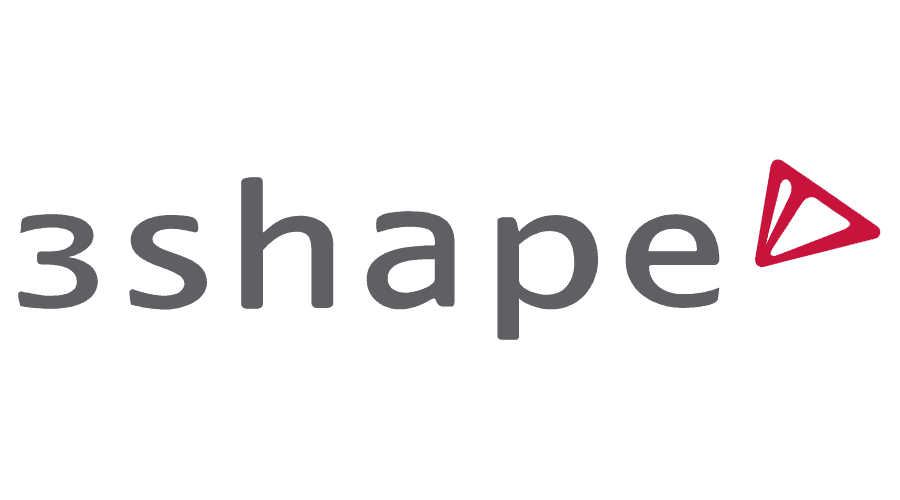DentaServ — practice management and reporting platform for multi-chair dental clinics
Context
DentaServ is an open-source dental practice management system designed with a focus on multi-chair clinics and group practices. Unlike single-user desktop tools, it is built as a centralized web application with support for multiple providers, shared patient records, and reporting tailored to dental workflows. It emphasizes scheduling efficiency, treatment tracking, and financial reporting, making it a fit for clinics that require more structure than lightweight chairside tools but still want to avoid commercial vendor lock-in.
Technical Profile (table)
| Area | Details |
| Platform | Web application, typically deployed on Linux/Apache/MySQL/PHP (LAMP). Runs on Windows via WAMP; Docker deployment possible. |
| Dental focus | Odontogram, treatment planning, procedure templates, chair allocation, financial reports. |
| Core modules | Patients, appointments, billing, insurance, providers, inventory (basic), reports. |
| Interop | CSV/SQL export; limited API functions; patient ID linking for external imaging. |
| Imaging | Not a DICOM system; supports image upload for intraoral scans, x-rays (JPEG/PNG). External PACS/VNA required for radiology. |
| Security | Role-based access (reception, dentist, admin), password policy, HTTPS recommended. |
| Multisite | Supports multiple chairs and providers; multi-location possible with replication, though not primary design. |
| Backup/DR | Database backups (mysqldump), file-level backups, rsync support. |
| Licensing | GPL, free to use; community-driven maintenance. |
Scenarios (dental-specific)
– A mid-size private clinic uses DentaServ to coordinate chair schedules across five dentists, track procedure codes, and generate billing statements for insurance.
– A university teaching department configures separate provider accounts for each student, capturing encounters and odontograms for grading and auditing.
– An NGO clinic runs DentaServ on a small Linux server to manage hundreds of patients across multiple chairs, exporting CSV data for reporting to health authorities.
Workflow (admin view)
1. Provision a Linux VM/server with LAMP stack; enable firewall and TLS.
2. Deploy DentaServ from source or package; configure database and set base URL.
3. Define providers, reception staff, and admin accounts; assign access levels.
4. Configure odontogram templates and billing code sets.
5. Enable scheduling across chairs; set appointment length and overlap rules.
6. Upload image storage directories; link external PACS viewer if needed.
7. Automate mysqldump backups and daily filesystem sync; test restore in staging.
8. Integrate with reporting workflows: generate financial and patient-care summaries for monthly reviews.
9. Monitor logs; ship Apache/PHP logs to syslog or SIEM as required.
Strengths / Weak Points
Strengths
– Multi-chair scheduling and provider support.
– Dental-focused forms and odontogram included.
– Financial and insurance reporting integrated.
– Open-source licensing, adaptable for custom deployments.
Weak Points
– Limited interoperability with modern FHIR/HL7 stacks.
– Imaging support basic; external PACS integration needed.
– User interface more functional than modernized.
– Scaling to multi-location setups requires additional effort.
Why It Matters
DentaServ provides a balance between small-scale desktop EMRs and heavy enterprise platforms. For dental practices that need structured scheduling, treatment recording, and billing without being tied to proprietary ecosystems, it offers a sustainable middle ground. Its open-source base ensures clinics can adapt and extend it, keeping patient data in transparent databases while still supporting multi-provider workflows.





